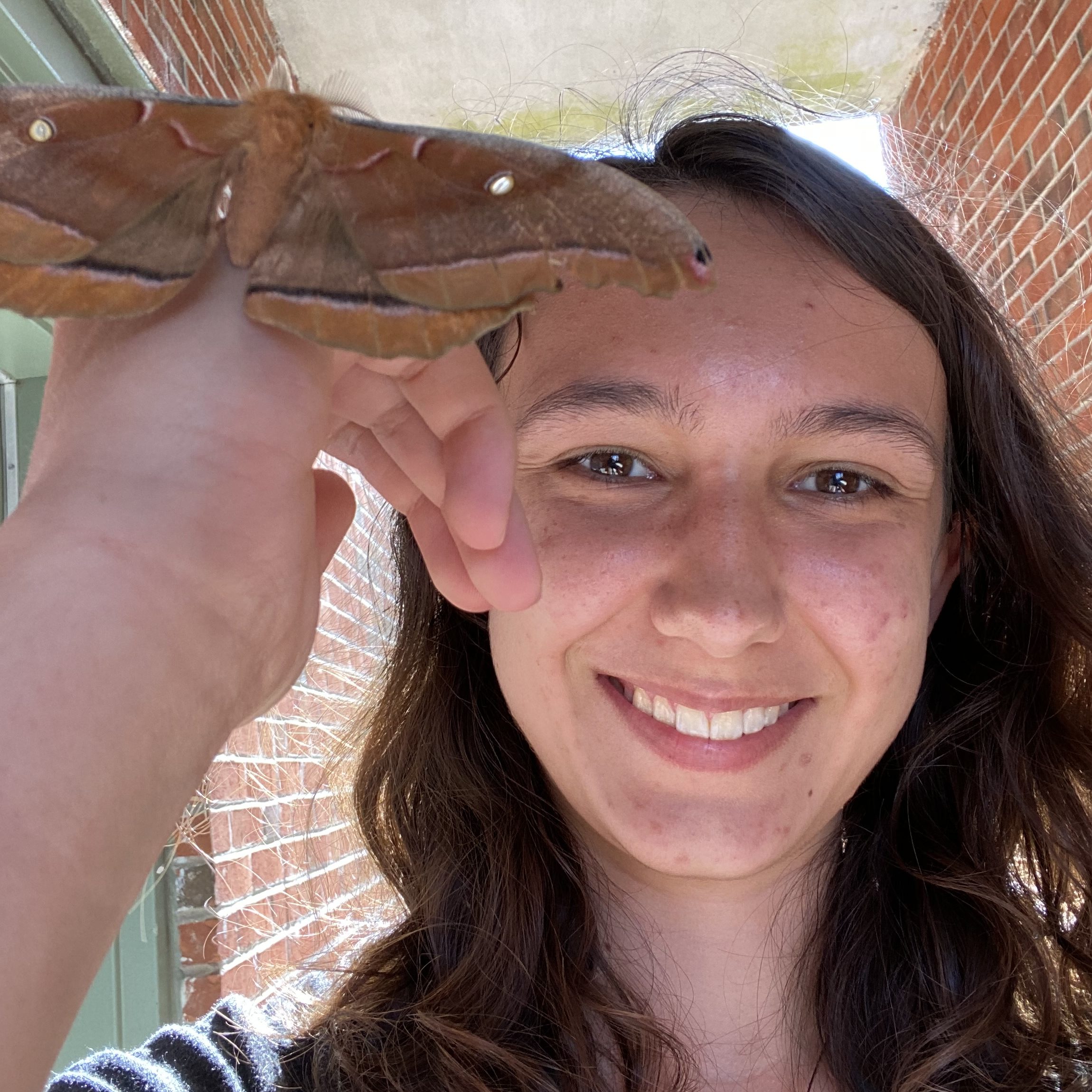
Crane flies go by many different names. Some call them giant mosquitoes, some call them mosquito hawks. Some even call them granddaddy longlegs, even though that nickname clearly belongs to harvestmen. Most of my encounters with these gangly insects have been specifically around bunkbeds at summer camps, where they are often referred to as “aaAAH! IS THAT A MOSQUITO?? KILL IT, KILL IT, KILL IT!”
In other words, crane flies get a lot of undeserved hate. For one, they are NOT mosquitoes and will NOT suck your blood. In fact, crane flies won’t bite you for any reason at all because they simply can’t: adult crane flies, like several other arthropods we’ve discussed previously, do not eat. Sometimes they’ll sip on nectar, but that’s about it. What all these adult insects have against food I do not know, but I suppose it keeps them focused on the task of mating and laying eggs. Crane flies in particular can lay up to 300 eggs in a matter of days. You can tell male and female crane flies apart because females have larger abdomens that end in a pointed ovipositor, which resembles a stinger but is actually for laying eggs.
Like their smaller lookalikes, crane flies belong to the fly order, Diptera. They’re not as common indoors as house flies, but you can find them on outer walls or near windows. Outside, crane flies frequent moist areas with plenty of plant life and can often be found near bodies of water. Before losing the ability to eat in adulthood, crane fly larvae are detritivores that feed on decaying plants, among other things.
Crane fly larvae can live in terrestrial or aquatic habitats depending on the species, and are collectively referred to as leatherjackets in reference to their tough exoskeletons. Which means I now feel compelled to buy them tiny motorcycles. Sigh… If only they had hands… and feet… and tiny roads to drive on…
Despite their gangly appearance as adulthoods, leatherjackets lack legs entirely and instead wriggle around like worms. They do have little tentacle-like protrusions on the ends of their abdomens though, which they can extend if they feel threatened, such as if someone tries to pick them up. It’s an odd reflex, sure, but if something started elongating itself when I picked it up I’d probably drop it really fast. In the world of arthropods, sometimes being weird is what keeps you alive.
Leatherjackets undergo four instars, or molts, before pupating. They typically live in moist areas near bodies of water in the pupa stage, which lasts only one to two weeks. Then it’s off to mating, laying eggs, and maybe sipping a little nectar if time allows, as the adult crane flies have mere days to live.
Adult crane flies are… doing their best. Even with little organs called halteres that help them balance, these gangly insects are notoriously the worst fliers in all Diptera, and their flight patterns are consistently referred to as “wobbly.” I guess those long legs aren’t particularly aerodynamic. Their limbs also break off relatively easily, which may actually be a defense mechanism allowing crane flies to escape from predators.
Although leatherjackets can be pests to some garden plants, crane flies play a vital role in their ecosystems. They serve as a food source for a variety of arthropods and chordates, including fish, dragonfly larvae, spiders, and birds. Additionally, leatherjackets can offer up food besides themselves to their community: also known as “shredders” for their messy eating habits, leatherjackets recklessly tear leaf matter into tiny pieces while they eat, inadvertently making salads for smaller animals to feed on.
Crane flies may be bumbling fliers, and their kids might wreck your flower garden. However, these funky flies definitely do much more good than harm to the environment, providing nourishment for other animals and perhaps pollenating a little along the way.
And remember: they are NOT mosquitoes. Because there’s no way I’m printing out tiny “Hi, My Name is Crane Fly” nametags for the thousands of these insects across the U.S., it’s up to us to correct this case of mistaken identity and spread the word ourselves. Say it loud and say it proud: crane flies are not mosquitoes, and they mean us no harm.
However, their larvae will fix you tiny salads with their mandibles. How sweet.

3 responses to “Crane Flies Are Not Mosquitoes”
We had these all over the place a couple of springs ago when we got a good rain. I ID’d them as mosquito hawks. I found them in the green grasses that were also growing from the rain. I think they were looking for nectar on the plants. I thought they were cool. …and PS, those wings are awesome!
LikeLiked by 1 person
“Mosquito hawks,” I love that! I bet they were looking for nectar, that’s so neat! And thank you, I was really surprised by how textured and colorful they turned out in the photo 📸
LikeLiked by 1 person
Sometimes you just never know how cool a photo might come out!
LikeLiked by 1 person